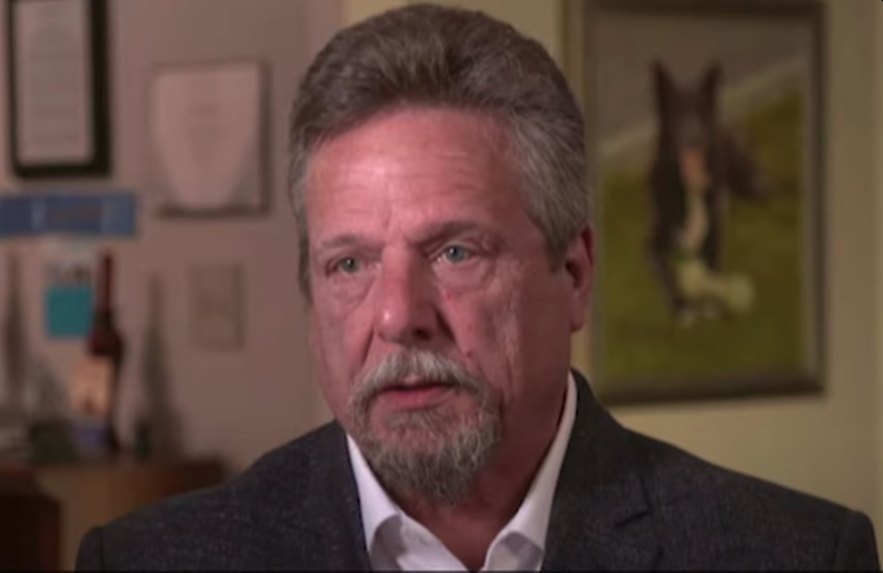Boeing whistleblower found dead in a truck after DOJ opens criminal investigation into Alaska Airlines 737 Max blowout

Boeing, the renowned aircraft manufacturer, finds itself entangled in a web of crises once again. Just as it was beginning to recover from the aftermath of the Max 8 crashes, a new wave of troubles emerged. According to a report by the Wall Street Journal, citing insider sources and documents, the Justice Department has launched a criminal investigation into the Boeing 737 MAX incident during an Alaska Airlines flight.
Adding to the turmoil is a tragic turn of events involving a key whistleblower employee. As reported by BBC, John Barnett, a former quality control manager at Boeing, who had raised alarms about the company’s production standards, was found dead in an apparent suicide.
“A former Boeing employee known for raising concerns about the firm’s production standards has been found dead in the US. John Barnett had worked for Boeing for 32 years, until his retirement in 2017. In the days before his death, he had been giving evidence in a whistleblower lawsuit against the company,” BBC reported.
Barnett, a veteran Boeing employee of 32 years, tragically passed away from a self-inflicted wound on March 9, as confirmed by the Charleston County coroner. His demise occurred amidst a whistleblower lawsuit against Boeing, wherein Barnett had highlighted significant safety concerns at the North Charleston plant, where he oversaw quality control for the production of the 787 Dreamliner.
The circumstances surrounding Barnett’s death are shrouded in ambiguity. While some sources have referred to it as a ‘self-inflicted’ wound, others have described it as a ‘gunshot’ wound. Barnett’s lawyer revealed that he was found in a truck near a hotel parking lot in South Carolina.
During his tenure at Boeing, Barnett had voiced concerns about compromised safety standards, alleging that pressure on workers led to the fitting of sub-standard parts on aircraft. He also uncovered issues with oxygen systems, raising alarms about the functionality of breathing masks in emergencies.
Despite Barnett’s efforts to address these issues, the company denied any compromises in safety. His tragic demise underscores the gravity of the challenges facing Boeing, as it navigates through a tumultuous period marred by legal scrutiny and internal dissent.
BBC wrote:
“He said in some cases, sub-standard parts had even been removed from scrap bins and fitted to planes that were being built to prevent delays on the production line. He also claimed that tests on emergency oxygen systems due to be fitted to the 787 showed a failure rate of 25%, meaning that one in four could fail to deploy in a real-life emergency.”
While Boeing has refuted John Barnett’s allegations, it’s worth noting that the Federal Aviation Administration (FAA) validated some of his safety concerns back in 2017. At the time of his passing, Barnett was actively involved in legal proceedings about his claims.
The FAA’s recent statement highlighted “multiple instances where the company allegedly failed to comply with manufacturing quality control requirements.” This indicates a level of validity to Barnett’s concerns, despite Boeing’s denials.
In a recent interview with TMZ, Barnett emphasized the gravity of the situation, stating, “This is not a 737 problem, this is a Boeing problem.” He pointed out that as early as 2012, Boeing had begun reducing inspection operations, raising further questions about the company’s commitment to safety standards. He added, “Back in 2012, Boeing started removing inspection operations off their jobs.”

Boeing 737 MAX

